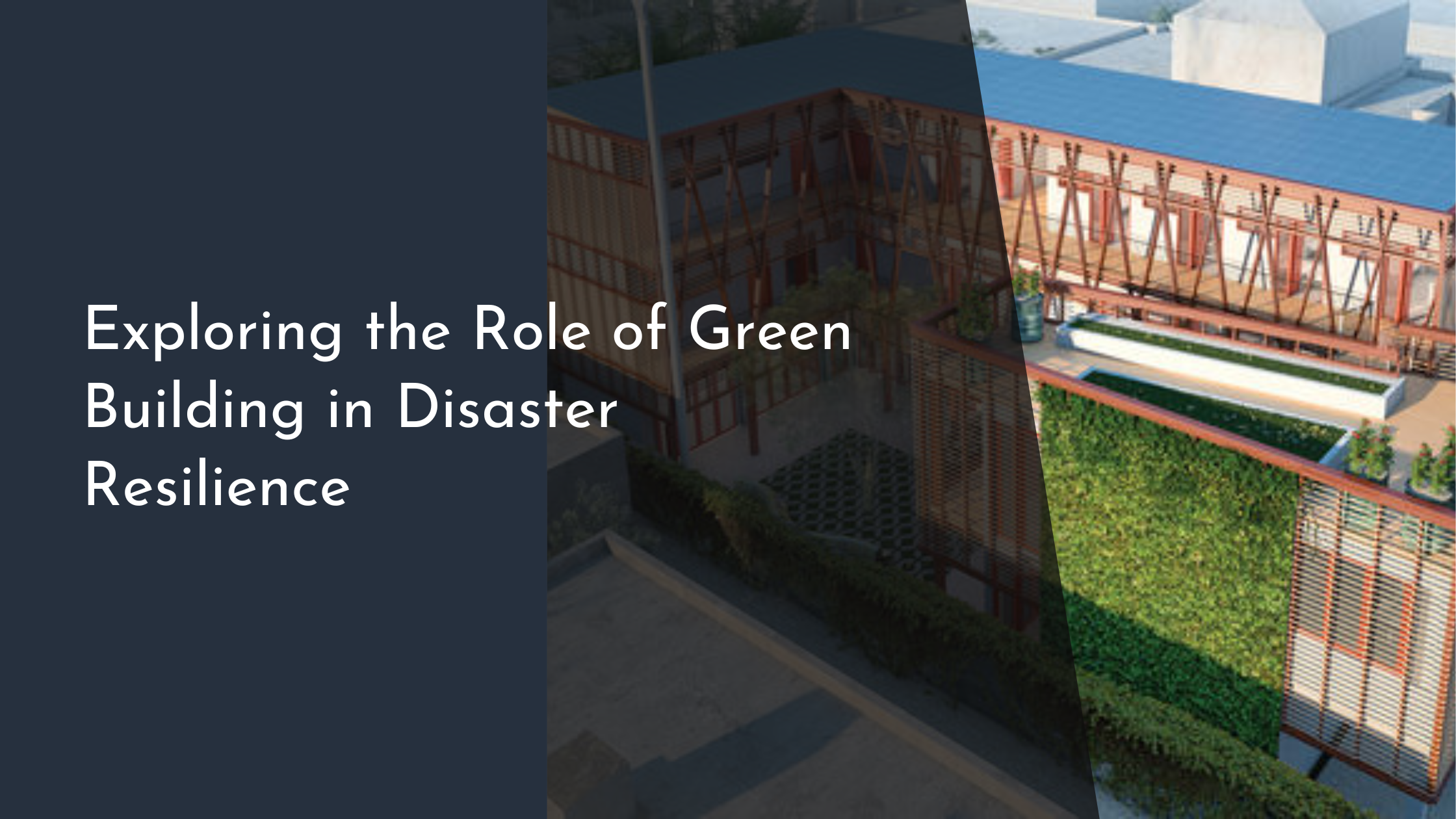Exploring the Role of Green Building in Disaster Resilience
In an era where climate change and natural disasters are becoming more frequent and intense, the need for resilient infrastructure is paramount. Green building, a movement initially rooted in sustainability and environmental conservation, is increasingly recognized for its potential to enhance disaster resilience. This article delves into how green buildings can help communities withstand and recover from natural disasters, showcasing real-world examples and exploring the bright future of this innovative approach.
Understanding Green Building Principles
Green building principles are based on designing and constructing buildings with minimal environmental impact throughout their lifecycle. This approach involves optimizing energy efficiency, conserving water, utilizing sustainable materials, and enhancing indoor environmental quality. These principles not only reduce the carbon footprint of buildings but also contribute to healthier living spaces for occupants. For instance, green buildings often incorporate renewable energy sources such as solar panels, which can provide power independently during disasters, reducing reliance on potentially overwhelmed power grids.
Another core tenet of green building is the use of durable and sustainable materials that can withstand extreme weather conditions. This includes advanced insulation, reinforced structures, and materials that are resistant to fire, flood, and high winds. By focusing on the longevity and durability of materials, green buildings are inherently more resilient to natural disasters. Additionally, landscape design in green buildings often includes strategies to manage stormwater effectively, reducing the risk of flooding and erosion.
How Green Buildings Enhance Resilience
Green buildings enhance resilience by integrating technologies and designs that allow them to maintain functionality during and after disasters. Features such as improved insulation and airtightness not only contribute to energy efficiency but also provide better protection against extreme weather. These buildings are often equipped with rainwater harvesting systems and greywater recycling, ensuring water availability even when public utilities are disrupted. Furthermore, using natural ventilation and lighting reduces dependency on electrical systems that may fail during disasters.
Incorporating resilient infrastructure in green buildings can significantly mitigate the impact of disasters. For example, green roofs can absorb water, reducing runoff and lowering flood risks. Additionally, the use of permeable paving helps manage stormwater, while strategically placed vegetation can act as a windbreak or firebreak. These features not only protect the building itself but also contribute to the resilience of the surrounding community by lessening the burden on public infrastructure during emergencies.
Case Studies: Success Stories in Action
One notable success story is the Bullitt Center in Seattle, often regarded as one of the greenest commercial buildings in the world. This building is designed to be energy and water self-sufficient, featuring a robust rainwater harvesting system and on-site waste treatment. During adverse weather events, the Bullitt Center remains operational, providing a model of how green buildings can function independently of external resources. Its innovative approach demonstrates the potential for green buildings to serve as community hubs during times of crisis.
Another exemplary case is the EcoARK in Taiwan, constructed using recycled materials and designed to withstand typhoons and earthquakes. The EcoARK employs a unique structural system that allows it to sway during seismic events, reducing the risk of collapse. Its lightweight materials and innovative design not only make it environmentally friendly but also highly resilient to natural disasters. These case studies illustrate the adaptability and resilience of green buildings in various environmental contexts, providing valuable insights for future projects.
The Future of Green Building in Disaster Preparedness
The future of green building in disaster preparedness looks promising as technology and design continue to advance. As awareness of climate change’s impacts grows, there is an increasing demand for buildings that are both sustainable and resilient. New materials and construction techniques, such as 3D-printed structures and self-healing concrete, are being developed with these dual goals in mind. These innovations promise to make green buildings even more robust in the face of future challenges.
Moreover, policy frameworks and incentives are likely to evolve to encourage the integration of resilience into green building standards. Governments and organizations worldwide are recognizing the long-term cost benefits of investing in resilient infrastructure. As a result, we can expect to see more support for research and development in this field, leading to widespread adoption of green building practices that prioritize disaster resilience. As we look to the future, green buildings will undoubtedly play a crucial role in creating safer, more sustainable communities.
In embracing green building principles, we are not only working towards a more sustainable future but also preparing our communities to better withstand the challenges posed by natural disasters. The integration of these practices into urban planning and construction is essential for creating resilient cities that safeguard both people and the environment. As we continue to innovate and expand the role of green buildings in disaster preparedness, we move closer to a future where sustainability and resilience go hand in hand, ensuring a brighter and more secure world for generations to come.


